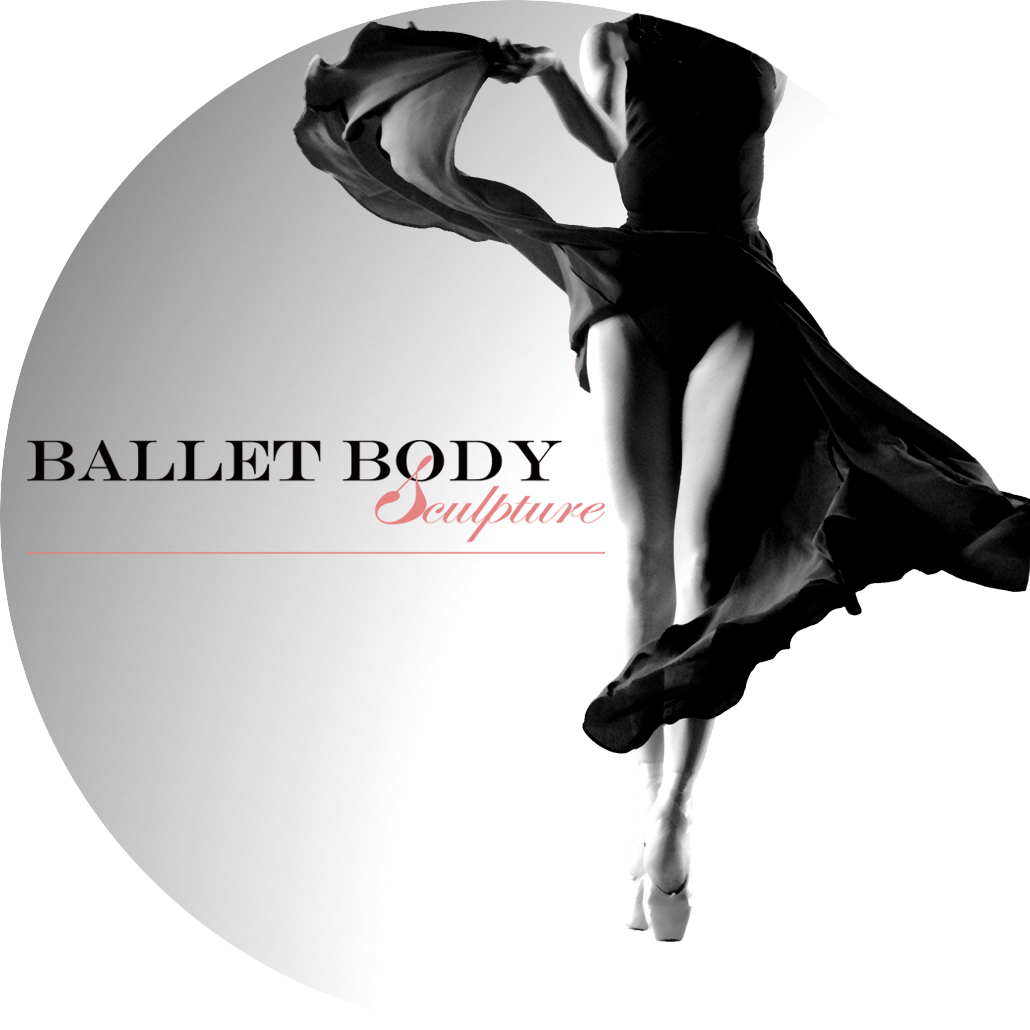No Pain no gain – right or wrong in fitness
Many people believe in the “no pain, no gain” theory. when it comes to their workouts. Believing that pain means progress, they continue to work out intensely despite of experiencing pain or discomfort.
There are others who say that continuing your exercise routine in an effort to toughen the body, may not be a smart thing to do. Is it really true? No pain, no gain? In relationship to fitness training, this phrase first originated in the early 1980s. Since then, people have adopted the idea that in order to gain any benefit from their fitness exercise program, it needs to hurt and perhaps even hurt badly. This is farthest from the truth. In fact, if you experience pain after your exercise routine and still continue to exercise in spite of the pain, you may be traumatizing your joints and muscles which may lead to further injury.
Some trainers or coaches recommend working twice as hard if your don't feel any pain the morning after an intense workout. Such ill-advised exercise workouts can be hazardous to your muscles and joints. That kind of advice may account for the rise in sports and exercise related injuries these days.
Pain: The Body's Warning Signal. Pain is often the body's warning signal system, and not as a gauge to measure the success of a workout. Pain is an indication that something is wrong and that your body needs attention where it hurts. This is the reason for physical pain. Think about it. If we did not have pain, we would never know there's something wrong with our bodies and this could have disastrous results. Anybody who wants to seriously follow an exercise regimen should keep in mind that pain is not necessary for a successful workout. No doubt, there may be an initial discomfort when beginning any exercise routine. But this discomfort should gradually subside as muscles and joints grow stronger, adjust and are able to withstand the intensity of a workout.
A good rule of thumb to follow is: if it hurts a lot, don't continue exercising! As fitness experts we believe that exercise should be a fun activity that you enjoy, have fun and gain long lasting results – not a rigorous workout. It should challenge your muscles and joints to greater strength and flexibility and yet be comfortable enough so that there is no pain.
What You Can Do to Help Painful Joints: First and foremost, if you experience pain you should consider speaking to your doctor about it. Always follow your doctor's advice, then, along with resting the injured joint, you may want to try joint supplement with targeted nutrients to support joint health! Glucosamine, hyal joint, MSM, Interhealth collagen type II along with herbs like boswellin and white willow bark have been well researched and are known to help support joint health long term. While pain killers simply dull the ache, joint health supplement that are well-formulated, like Liquid Kollagen, can help strengthen the cartilage and lubricate the joint. While you workout your body, such supplements help to nutritionally support joint health from the inside.
To help prevent any potential injuries, follow our BBS Stretching & Body Conditioning classes that are professional structured to build a healthy balance between strength and mobility in your body. Alternatively, try our online ballet workouts and enjoy exercising at your home place, guided by our motivational, streaming videos.
Look after your body and stay healthy!
Source: fitness.com

